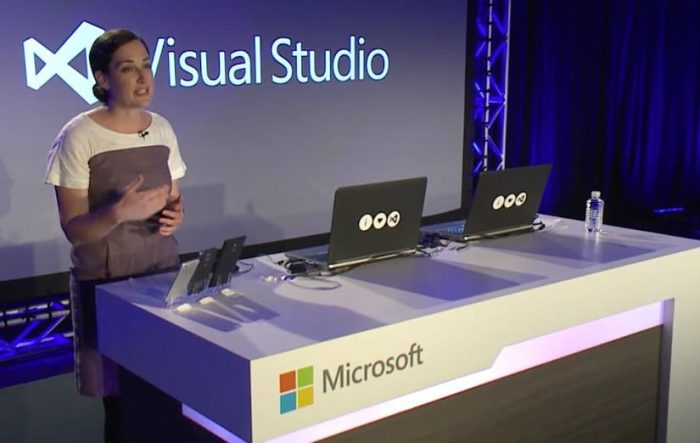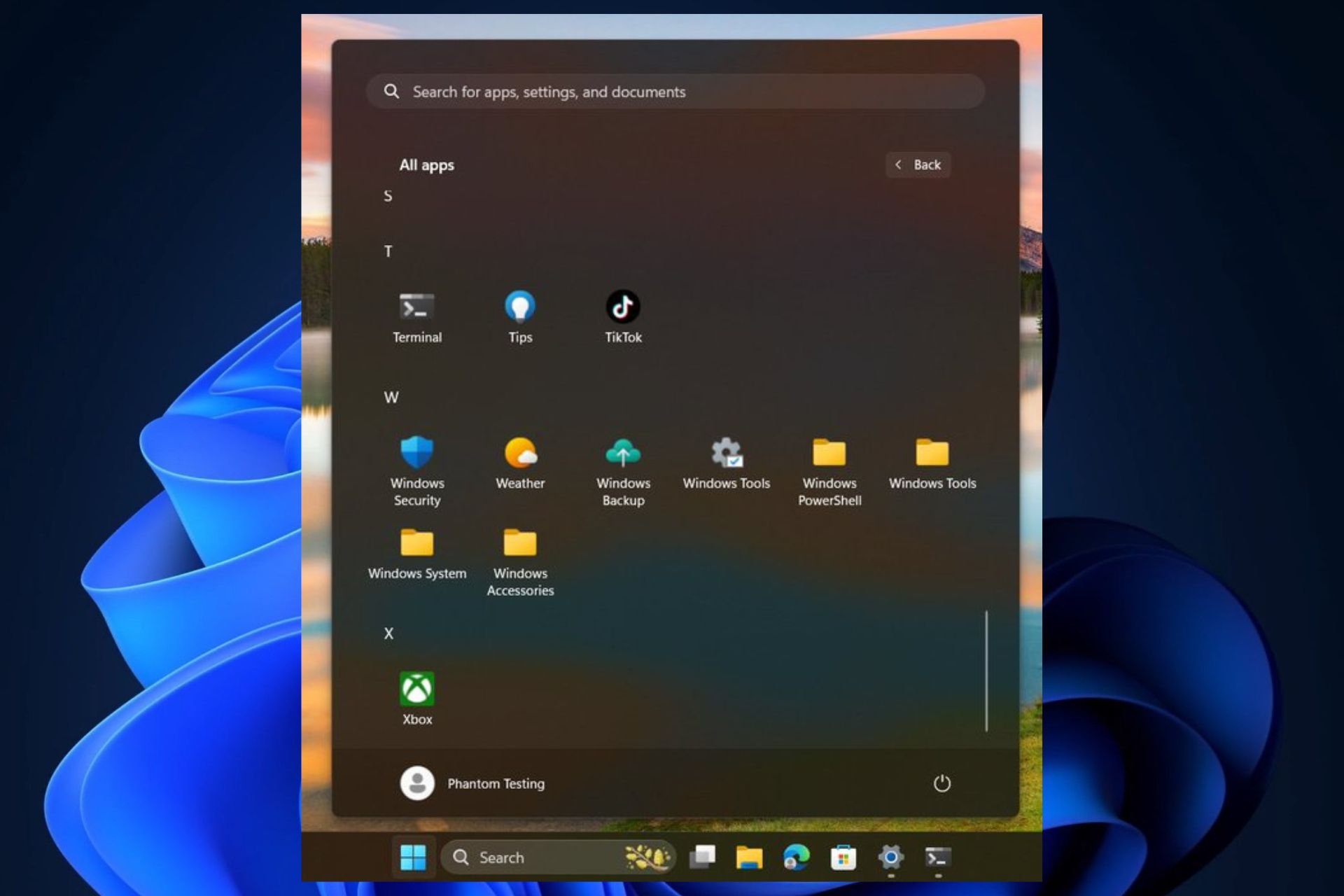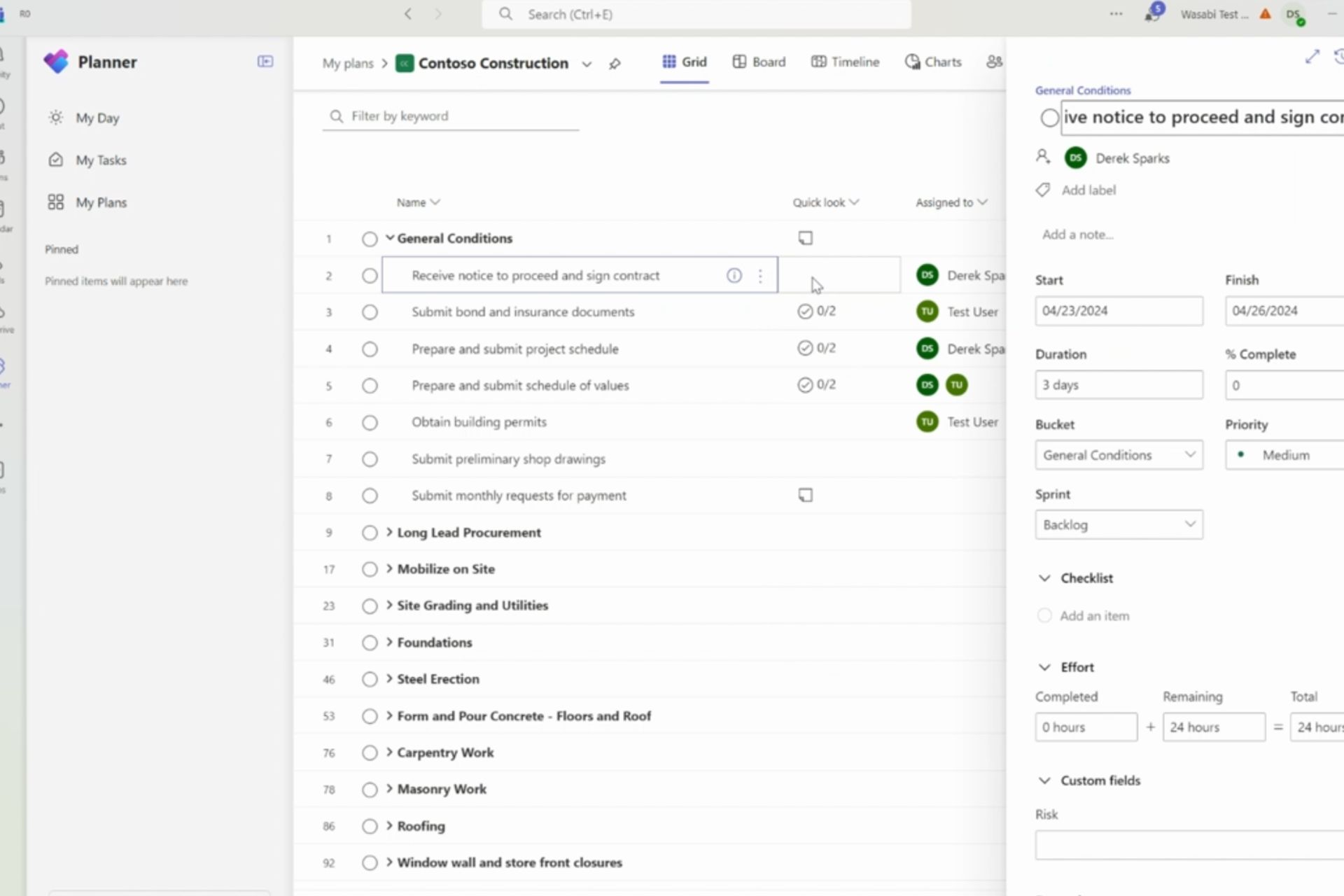Microsoft talks 'bridges' as it continues to court Windows 10 developers
4 min. read
Published on
Read our disclosure page to find out how can you help Windows Report sustain the editorial team Read more

Now that Windows 10 is on more than a confirmed 81 million devices in over 192 countries, Microsoft’s story for developers is becoming full featured. Expectedly, Microsoft is once again attempting to court developers with new numbers and insider telemetry gained from having Windows 10 in the market. Recently, the Windows team talked about internal metrics that are showing a shift in the way people are engaging with the Windows Store thanks in part to Windows 10.
The information gained by the Windows team is now being shared with developers to hopefully entice more Windows Store engagement with the community. According to Todd Brix of the Windows team:
More people are upgrading to Windows 10 and visiting Windows Store every day. And they aren’t just window-shopping. The average Windows 10 customer is downloading six times more apps than the average customer on Windows 8.”
The Windows team is encouraging developers to think about using Microsoft’s bridge technologies to target those newly invested Windows 10 customers. During Build 2015 Microsoft opened its developer conference with talk of its investment in new bridge technologies. For developers currently working on the platforms, Microsoft has done the heavily lifting in helping bring over their code to the Windows platform through “bridges.”
[pullquote align=”left” cite=”” link=”” color=”” class=”” size=””]”Microsoft has done the heavily lifting in helping bring over their code to the Windows platform”[/pullquote]
Through workshops and conferences, Microsoft talked up being able to bring iOS, Android and Web Apps over to the Windows Store for developers. And last month, Microsoft finally open-sourced an early preview of Windows Bridge for iOS developers to get their hands on. Since August, Microsoft has “added libdispatch, initial support for Storyboards and vastly improved NSCalendar among other fixes,” according to Berix. The work hasn’t stopped there; the Windows team is also development on building better tests, docs and visualizations for developers.
Microsoft is also working towards turning Web Apps into first class citizens in the Windows Store. A couple of months after Build 2015, Microsoft launched the bridge for Hosted Web Apps. Perhaps even easier than maintaining apps on three separate platforms, Microsoft is encouraging the use of Web App development with native platform OS features. Using the Hosted Web App bridge, developers can enable their web apps to use Live Tile, Cortana and push notification features. Furthermore, Microsoft launched its integration into Windows App Studio Beta tool today.
[pullquote align=”right” cite=”” link=”” color=”” class=”” size=””]”the seemingly more feature rich apps from the Windows Phone Store can now begin to help populate the Window Store” [/pullquote]
Microsoft isn’t the only company invested seeing the Windows Store flourish. We reported earlier about Mobilize.Net developing a preview to help bring Windows Phone Silverlight apps to the Universal Windows Platform (UWP). With this bridge, the seemingly more feature rich apps from the Windows Phone Store can now begin to help populate the Window Store with a few minor changes. Once agin, this effort seems to be an open source affair, with a feature rich extensibility model allowing developers to add mapping and transformations on GitHub.
Perhaps phone apps and bridging isn’t enticing enough, Microsoft is also leaning heavily on its Unity partnership. Unity also recently announced support for Windows 10 with the release of Unity 5.2. Maybe, once the Xbox One has its full Windows 10 upgrade, we’ll hear more about the relationship the Windows Store plays among PCs and Xbox consoles.
While much of that is backend developer speak, Brix also highlights the efforts the Windows team is making to put developer apps front and center of customers.
This shift in behavior is due in part to the fact that we have taken steps to change the way people discover and experience apps in Windows 10. Features both inside and outside of the Store that are fast becoming part of people’s daily lives. As customers use Windows 10 it gets better at suggesting information and content that help people DO more in ways that are personal and relevant. For example, Cortana provides app recommendations based on the customer’s personal interests. In addition, the Start menu, Microsoft Edge and the Notification Center will also suggest apps that customers might enjoy.”
As many have argued, Windows 10 may be Microsoft last chance to stay relevant in a shifting personal computing future. As such, the company has its work cut out for it and building a strong and competitive app store is only the beginning, but it looks like Microsoft is at least trying this time around.








